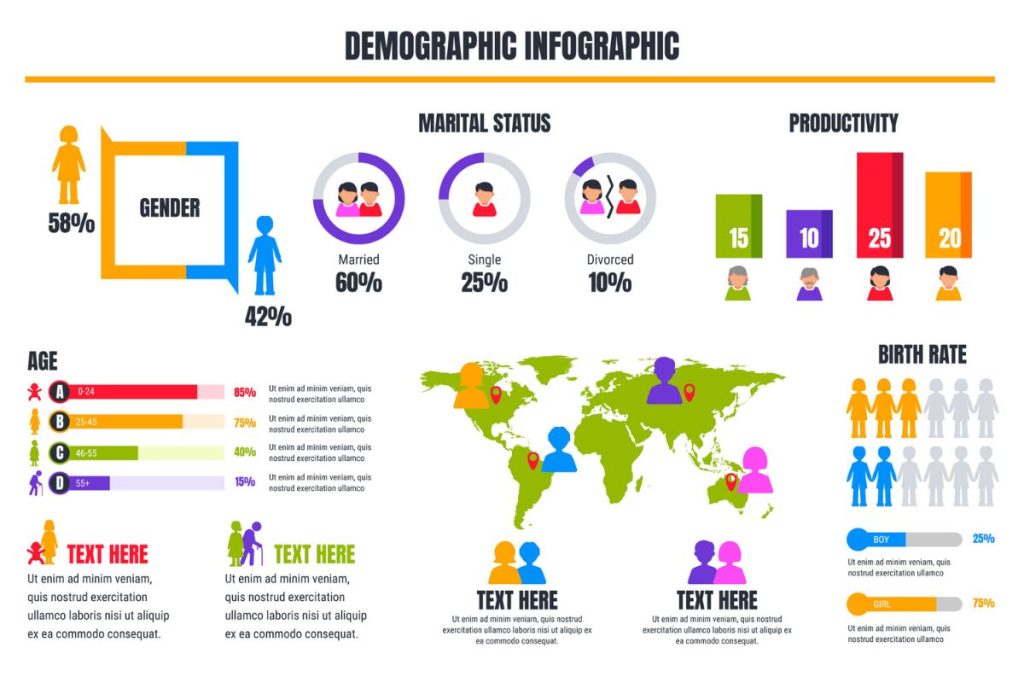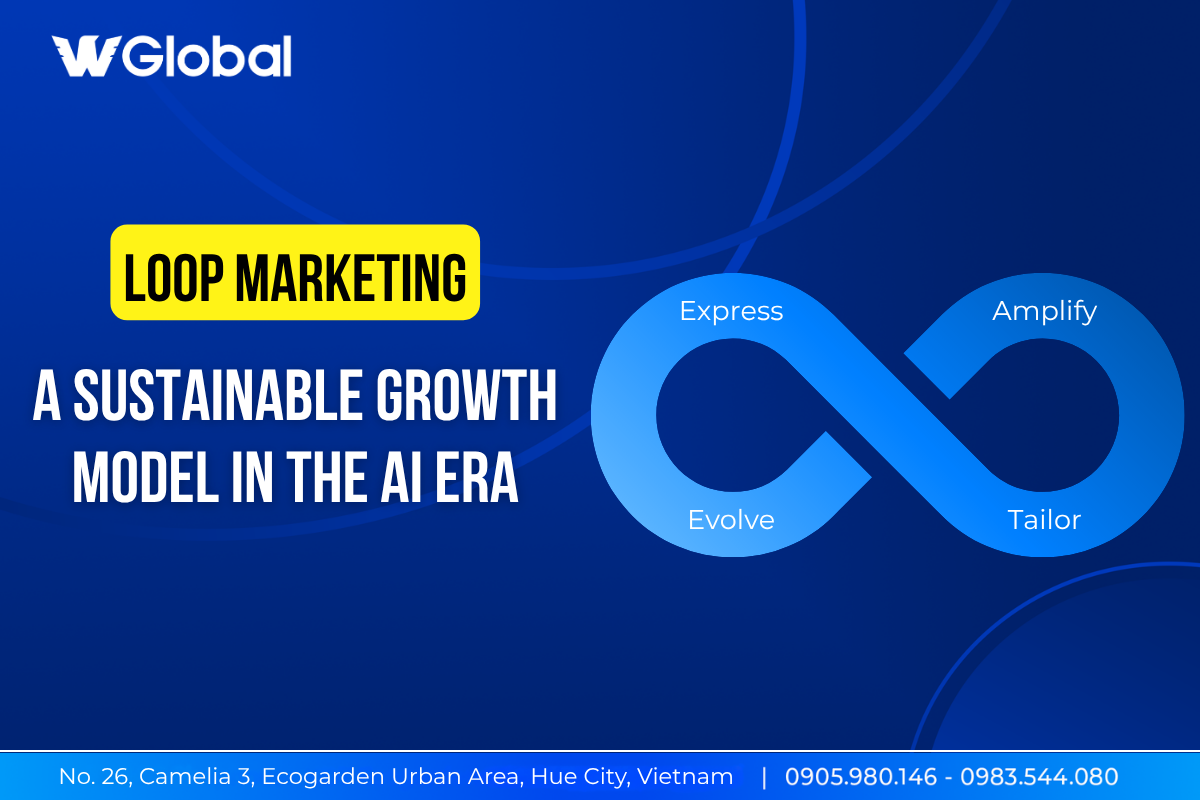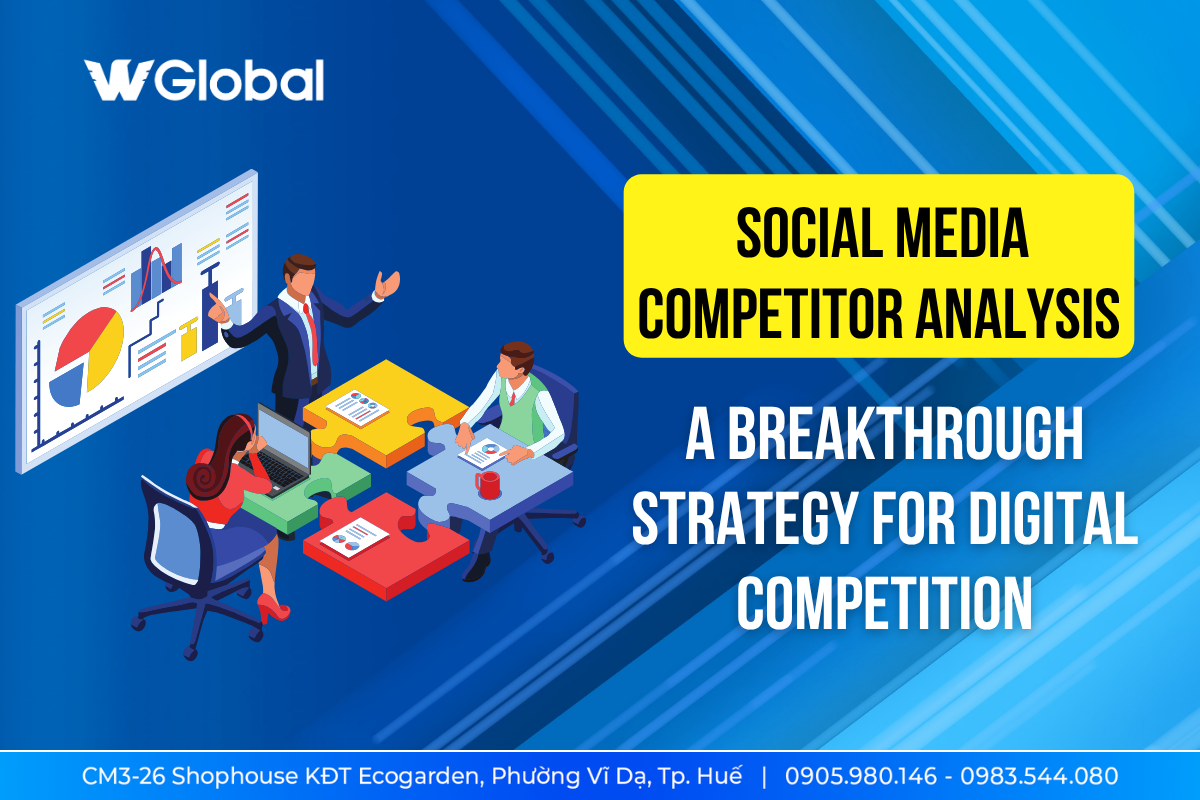Have You Known How to Build an Ideal Customer Portrait

Building the portrait of the target audience is the key to unlocking a profound understanding of them. You may be selling excellent products or services, but if you don’t know the true emotions, passions, and needs of the customers, you are simply playing a road-blind game.
A recent survey has revealed an impressive figure: According to a recent survey, up to 90% of large businesses have been building personas – customer portraits to understand their behaviors and needs. 71% of them believe that customer portraits help businesses increase revenue and achieve their business goals.
So let WGlobal – the leading advertising agency in Hue – help you understand the importance of the target customer portraits and how we can create a detailed picture of them.
Why is customer portrait important to businesses?
What is the customer portrait?
The customer portrait (Persona, or buyer persona) is a list of gender, age, or income that fully describes characteristics such as interests, opinions, and interactions of customers with the product. From product development to customer care, Persona effective guide for businesses to envision strategies accurately and effectively.

To succeed, businesses need to understand the behaviors, needs, and personalities of customers. Customer portrait helps create a detailed picture, enabling businesses to implement the right direction and propose suitable strategies.
Why is customer portrait important?
Creating the customer portrait is a crucial step in shaping the success of a business. It not only helps us understand customer needs but also opens the door to creativity and innovation.
By delving into the customer portrait, businesses can discover the preferences and issues customers are facing. This is the key to developing products and services flexibly, adjusting them to meet the actual desires of customers.
Understanding customer needs helps businesses create products that not only fit but also meet the needs of individuals. This not only helps dominate the market but also increases the brand value in the minds of consumers.

Building the customer portrait is also the foundation for an effective marketing strategy. Businesses can focus on the target audience and apply appropriate communication and advertising strategies. This not only increases outreach efficiency but also enhances conversion rates, making consumers feel that the product meets their needs and expectations.
6 key factors to help you identify the portrait of the target customers
Identifying the portrait of the target customers is a crucial step in shaping the success of any business strategy. Here are 6 important factors that businesses should pay attention to when outlining the portrait of the customers:
2.1. Demographic
Demographic is the detailed description of an individual’s characteristics: gender, age, occupation, location, income, education level, etc. These figures are not just data, but reflections in the portrait of the customer. Understanding this group is crucial to accurately determine which products or services will be suitable and popular within that group. This is an important first step for businesses to effectively connect with their target customers.
2.2. Pain Point
“Pain point” refers to the issues that consumers frequently encounter in their daily lives. These can range from minor inconveniences such as forgetting keys, to larger problems like lacking financial knowledge, making investment decisions unclear. Identifying these pain points is key for businesses to provide the most effective solutions for customers. By addressing these issues, businesses not only become meaningful but also deeply understand the needs of their customers.
2.3. Customer Behavior and Preferences
Information about customer behavior and preferences is not only important but also an essential part of building a customer profile. This not only helps businesses understand how customers interact with the world around them, but also provides crucial information for production and business operations.
- Where Customers Often Appear: Observing the fan pages and groups that the target audience participates in, and then gathering information from their customer files. This helps businesses identify where they can reach and interact with customers.
- Customer Interaction with What Content: Understanding the type of content customers prefer: whether they like to read news, watch entertainment stories, or enjoy funny videos. This helps businesses create appropriate advertising content and increase interaction.
- Lifestyle and Perspectives: Understanding whether customers have a traditional or modern lifestyle, whether they are willing to experiment with new experiences or are loyal to existing products. This helps businesses shape a flexible and accurate business strategy.

2.4 Based on the Target Market
Market Scale
To build portrait of the target customers, determining the market scale is undeniable. This includes the scope and number of customers you want to reach. Understanding their location, radius, and spending ability helps you better understand your target audience.
Competitive Rivals
Competition is a decisive factor for the success of a business strategy. This involves evaluating competitive rivals and substitute products. This helps you clarify your position in the market and consider your competitive ability.
Market Segmentation
Identifying market segments is important to understand your target audience. Surveys on feasibility, accessibility, and profitability help you choose the right market segment.
2.5 Purchase Timing
If your product or service is related to seasonal events such as Christmas, Valentine’s Day, or Mid-Autumn Festival, determining the purchase timing becomes important. This helps you optimize advertising strategies and interact with the target audience effectively.
2.6 Current Customers
Current customers are the face of the ever-changing market. Clearly defining their preferences and needs over time helps you maintain and adjust the profile of the target customers flexibly. This is important to ensure that your strategy always aligns with market dynamics.
Conclusion
Building the portrait of the target customers is not just a one-time task but the continuous and flexible process. By clearly defining the market scope, competitive rivals, market segments, purchase timing, and the changes of current customers, you will have a detailed picture of your target audience. This helps you develop effective advertising and marketing strategies and create deep interactions with customers. Remember, flexibility and readiness to adjust are the keys to maintaining a dynamic and successful portrait of the target customers.









